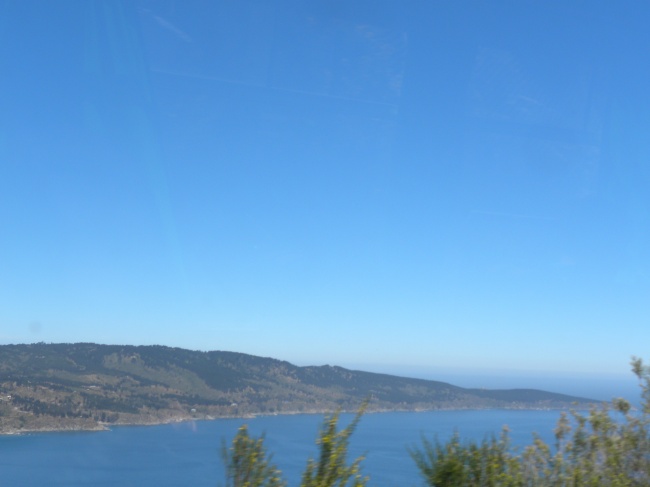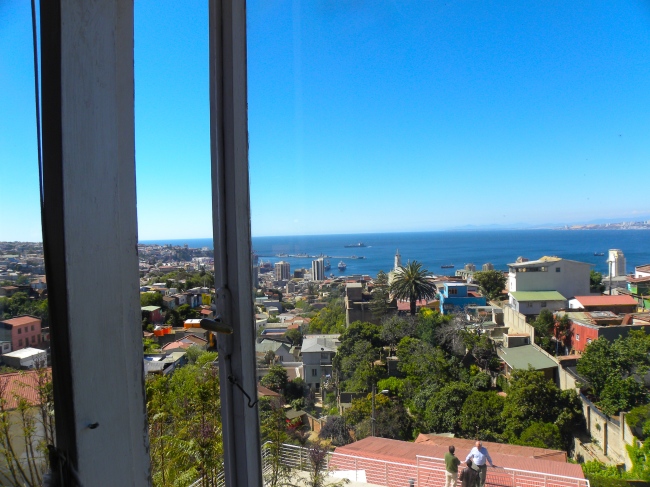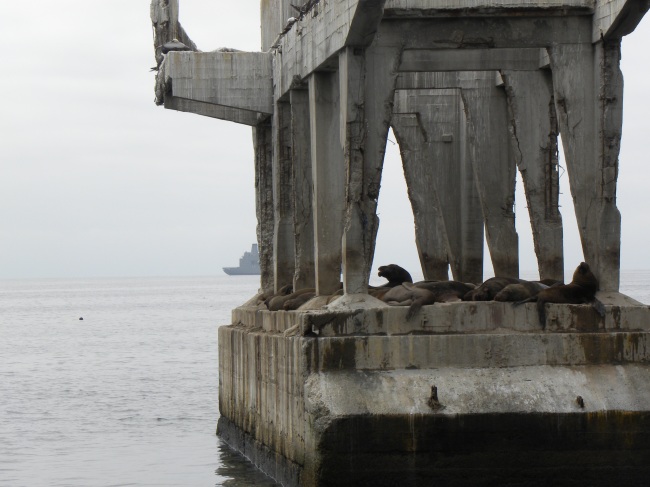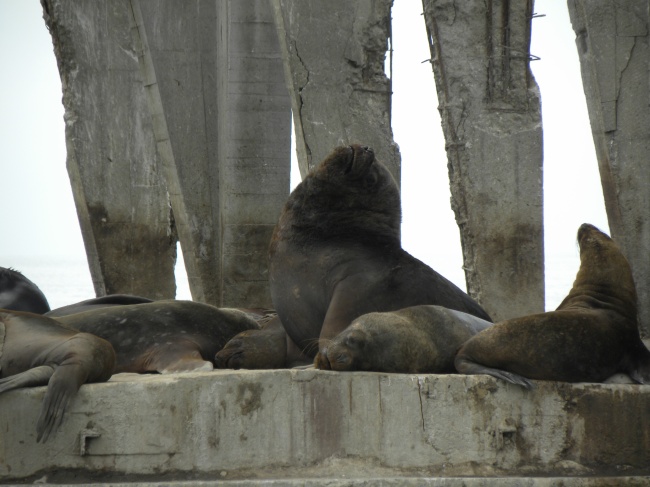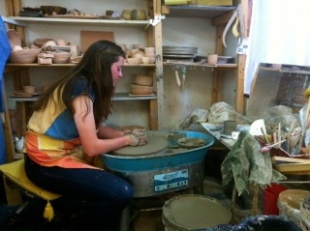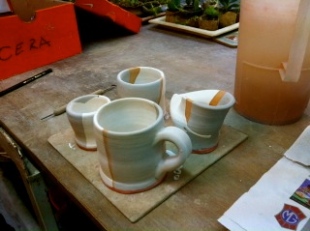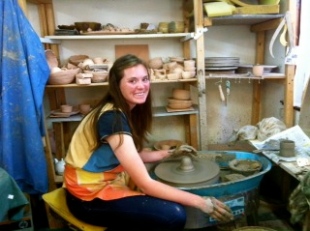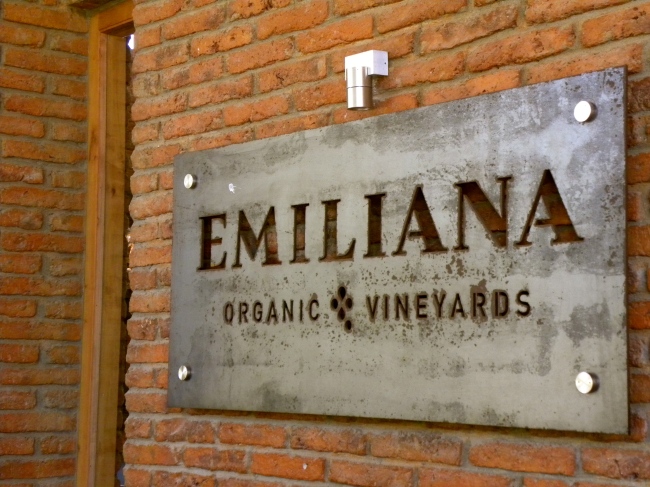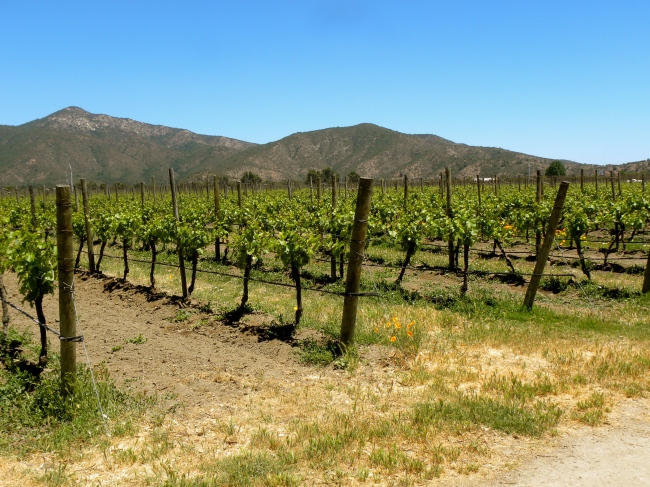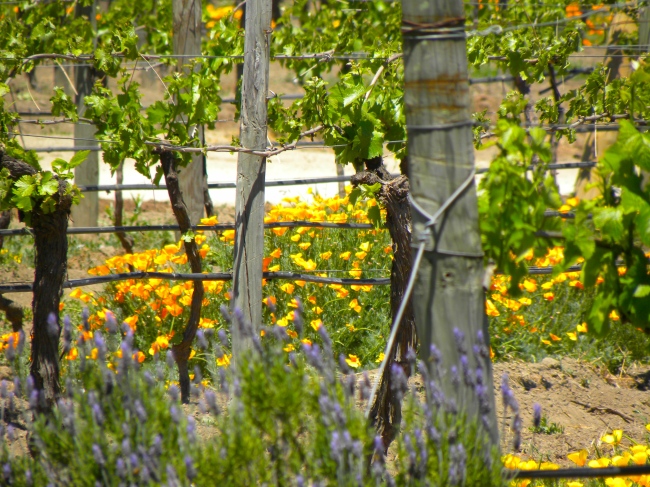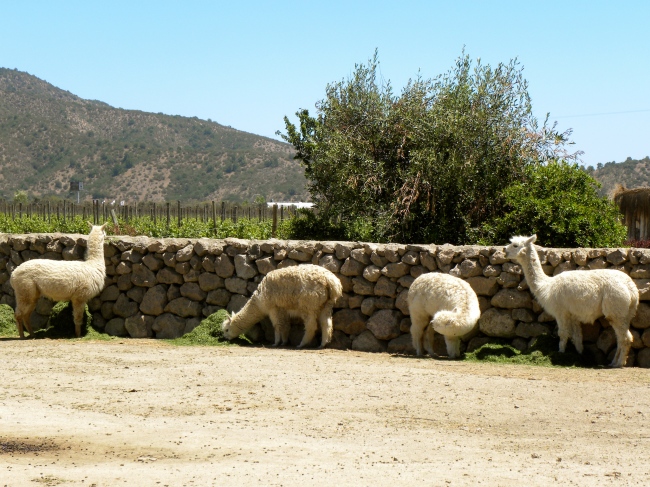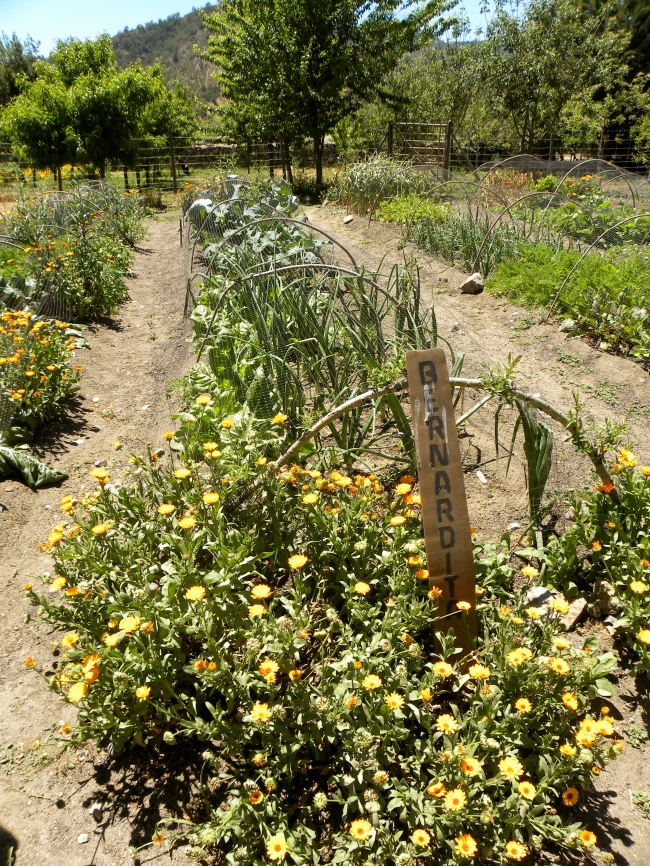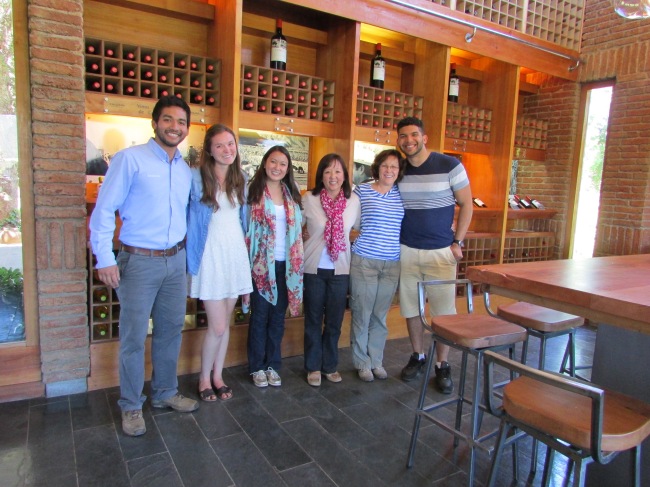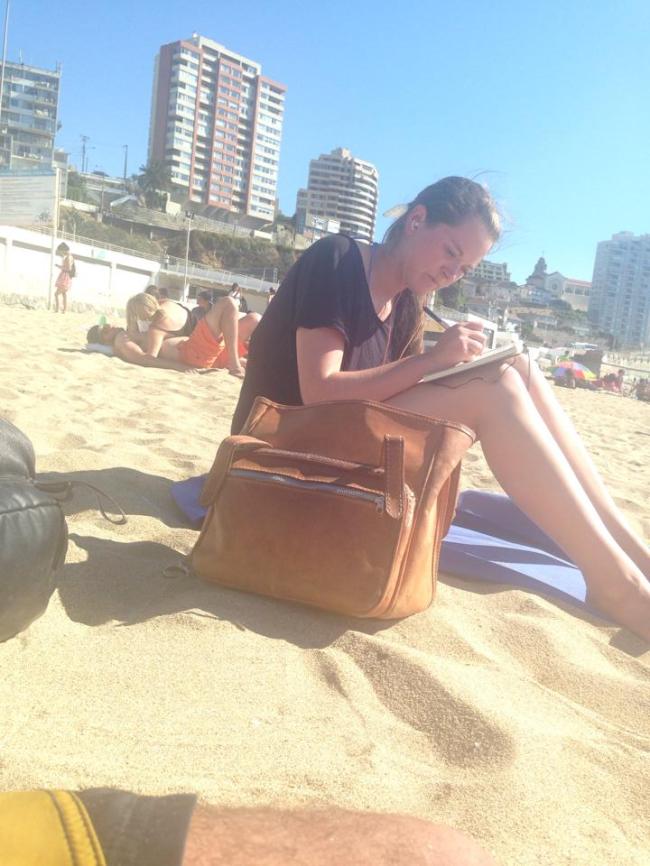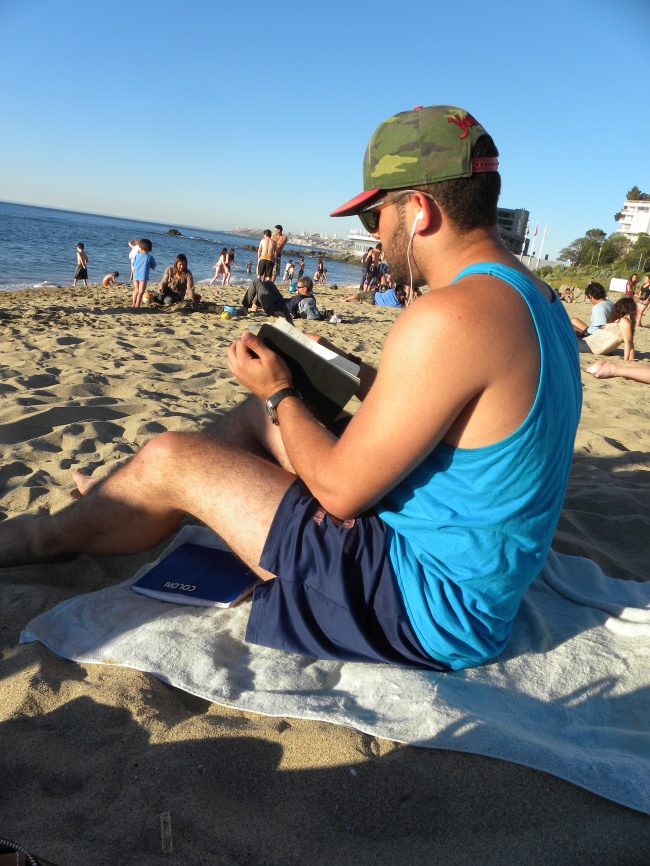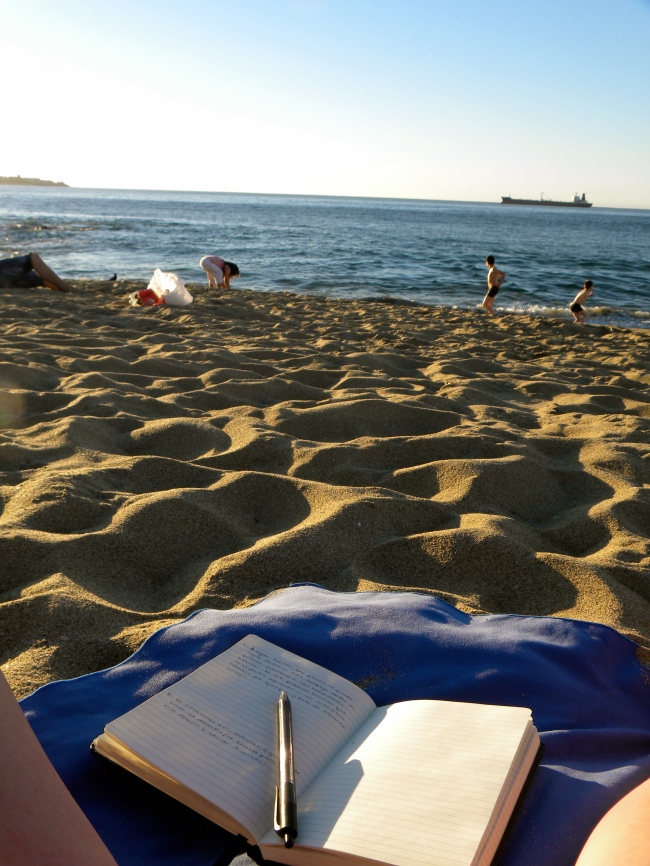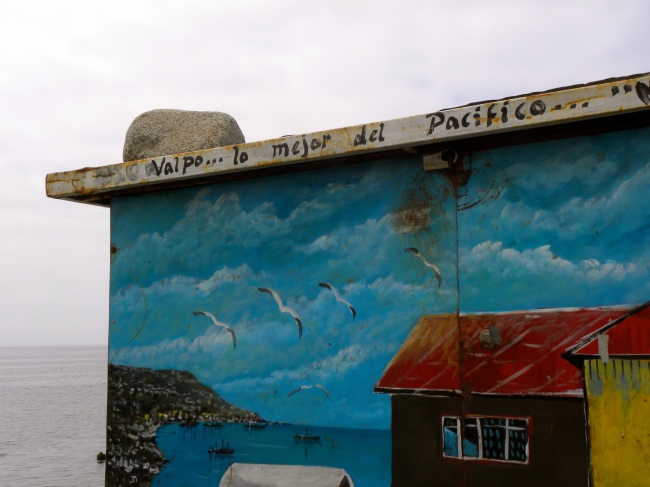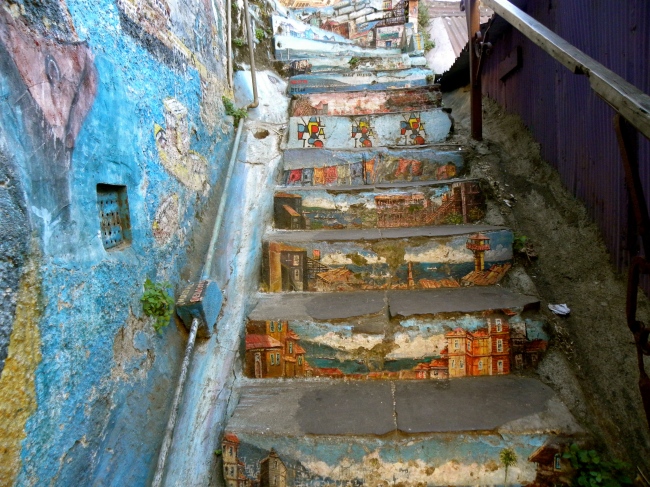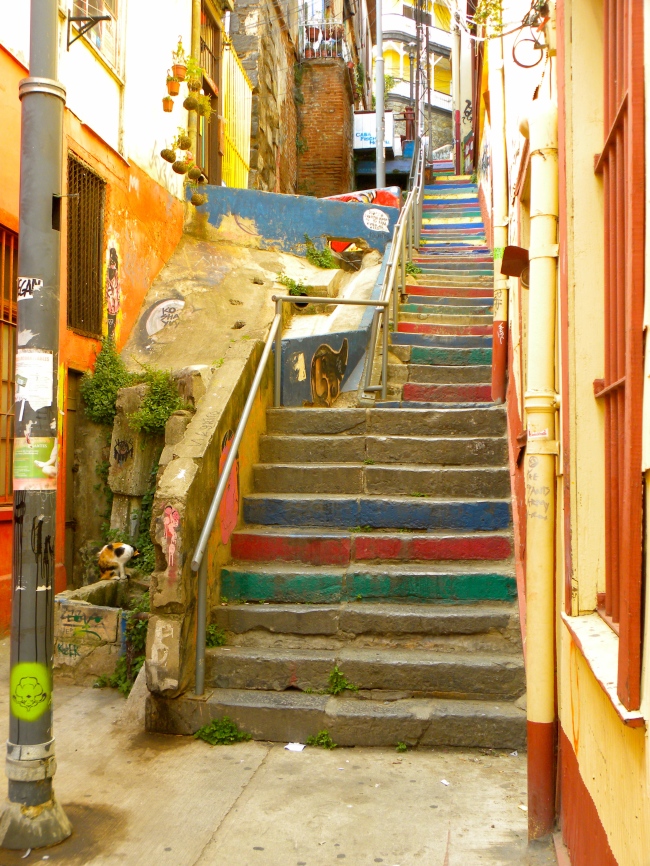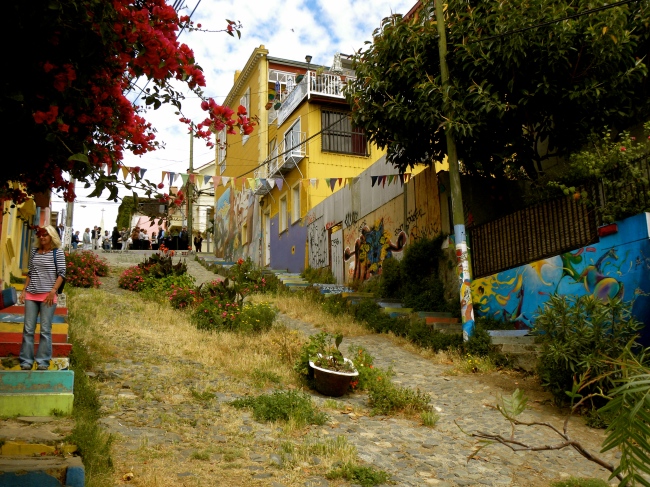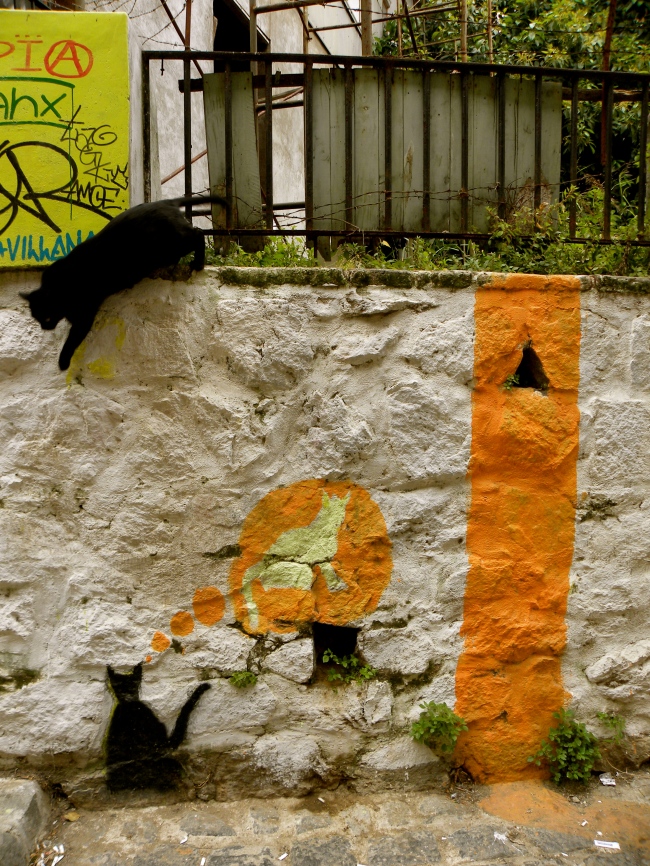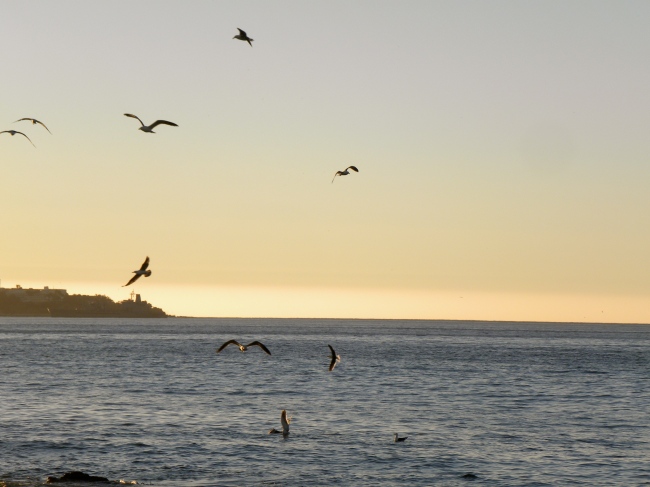In case you didn’t know, I’m currently a part of SIT: Comparative Education and Social Change. It’s really difficult to explain what exactly this program is (let alone in Spanish, but that’s another story). But, after studying abroad for over 3 months now, it’s time to clarify what exactly I’ve been up to and am up to currently. In comparison to a traditional university education (like, for example, Duke), it probably seems like…well, a joke. Our “classes” only lasted about 6-8 weeks depending on how you look at it, and included no tests and very little homework–almost everything was based on participation. To expand on the wide variety of topics we looked at in our classes, we visited schools around Santiago, in Valparaíso, in Temuco, and in Buenos Aires. And yet, as “easy” as it was, with such little tangible work outside of class, this has been one of the most intense educational experiences I’ve been through. It’s incredibly self-guided: we get out of the program what we make of it, and this tests both our power to avoid procrastination and our own passion for the subjects we’re learning. We have time outside of class to do our own research, unlike at Duke, where I’m so busy doing readings for class that I can’t take time to learn about the things I’m really passionate about. And now, to expand on our personal interests, we have 4 weeks to complete a 25-page research paper (ISP, or Independent Study Project) about pretty much anything in the Chilean education system, in any of the locations we’ve visited.
While making the final decision for where to live was difficult, my heart has been set on living in Valparaíso essentially since I got to Chile. I enjoyed exploring Santiago, learning how to use the Metro without looking at a map, discovering coffee shops like Leerté in hidden corners near Parque Forestal, or choosing my favorite hot nuts stand (if you ever are in Santiago, go to the Irrarrazaval metro station on a weekday in the early or late afternoon and order the mani confitado–trust me). But there’s a reason Santiago is called fome (that means boring in Chile-speak), and being away from the ocean for long amounts of time always makes me feel uneasy. Besides, I’m here for adventures, and what better way to go on an adventure than to leave the 18 other gringos you’re here with and set out on your own for a month? (Well, partially on my own–one other boy from my program is also here for his ISP.)
And so, here I am, in one of the most beautiful cities in the world, living just a few blocks from the water with loving, activist, left-leaning host parents and a 25-year-old host sister who watches New Girl with me.
My ISP: The focus of my ISP is based on Maslow’s hierarchy of needs, which I believe I mentioned during my India blogging. You can read more about Maslow and his needs here, but essentially what it comes down to is this: humans have basic needs that need to be fulfilled before you can go about more complex tasks, such as building self-esteem or forming a positive self-concept. From his theories, one could theoretically conclude that a child who didn’t eat breakfast can’t comprehend a story he reads in English class, or a child abused at home will not be able to really understand double-digit multiplication. Perhaps this child could memorize something or another in school, but complex thought and true construction of knowledge, according to Maslow, only occur after the basic necessities have been met. The problem is that, in our world today, students do come to school hungry, and are expected to learn. They bring more than just books in their backpacks, and teachers need to somehow reach these students even though psychological theory says they can’t do so. And yet…they do. Teachers manage to create true education by reaching out to students individually, by giving them enrichment opportunities; schools can provide psychological services, free lunch and breakfast, art classes, means of expression that can help a student learn outside of the traditional classroom setting. The question is how specifically schools and teachers can reach these students, and whether the Chilean state, with its strong focus on state testing (the SIMCE), supports or restricts schools and teachers in their ability to do so.
My project takes place in the primary school in Laguna Verde, about 30 minutes south of Valparaíso by public bus, but with a view that rivals the drive to Big Sur and makes the 30 minutes seem to fly by. The community includes a strange mixture of vacation homes and beach houses, next to a high rate of poverty for those who live there year-round. Many students moved to Laguna Verde from other parts of Chile (most from Santiago) due to economic or legal problems. The majority of students (about 60-70%) are considered “vulnerable” by the Chilean state–in other words, at a high risk of failing within the school system due to poverty or other problems in the home. And yet the school has some of the highest standardized test results in the region, and they expect all of their 8th grade class to continue on to high school next year. With 158 students total, the teachers there have managed to build one of the most loving and open environments I’ve yet seen in a school, with teachers referring to students as “mi amor” and students to teachers as “tíos y tías,” creating a family-like environment in which all can speak up at any point in time and be listened to with respect. The school also uses the unique natural resources it has to teach students: on our first school visit, we went to the beach with a 5th-grade science class; the students are also currently helping construct a marine ecosystem in a manmade pond in the school’s native plant garden. I still haven’t figured out how they do it. But Laguna Verde has something figured out. They provide love, care, and enrichment to those who simply don’t have it in the home.
As seen on my daily commute.
The only issue is that, in order to figure out how Laguna Verde functions, I need to be able to visit the school and talk with teachers. But I’m in Chile. Which means that, on Wednesday, we arrived at the school to discover that teachers were on a strike nationally until Thursday; and, with elections on Sunday, the school would be closed Friday and Monday to prepare for voting and to clean up afterwards. This means that I’ll have 4 days next week to attempt to finish my research. To relieve the stress that this roadblock cuases, you’ve got to do something, right? So…
What I’ve Actually Been Up To: Yes, I’ve been researching. But with a school closed and only so many scholarly articles to read for my paper, I’ve also taken advantage of all that Valparaíso and the surrounding region have to offer.
The view from Pablo Neruda’s home on Cerro Florida. I’ve now visited all 3 of his homes, and am surprised every time at how quirky and incredible a person he is. Por ejemplo: On his living room wall hangs a painting of a queen wearing a ruff. Neruda then purchased a painting of a king also wearing a ruff to hang opposite the queen so that she would not feel lonely.
Lobos del mar (, as seen on my daily run.
Finally learning how to use a pottery wheel at Taller Lican in nearby Viña del Mar. It involved a lot of mess, a lot of wasted clay, and in the end resulted in two small mugs, a large shot glass (unintended, but that’s life sometimes), and a folded over…vase?
Wine tasting at Emiliana Vineyards in Casablanca Valley. Andrea, who’s mother and family friend were visiting Santiago, came with Albert and I to visit this organic winery, which has an emphasis on sustainability and biodiversity. To that end, they do things like raise alpacas and use their manure for fertilizer, or let guinea hens run loose on the property (I’m struggling to remember why, but it sounded legitimate at the time). They also have job training programs and a community garden for their employees so that they can supplement their income, such as by learning how to make crafts out of the alpaca wool to sell in the winery gift shop. And, of course, the wine itself:
Thanks to our guide, Josué, for allowing us to taste not just the promised 4, but 6 delicious wines, paired with organic Ecuadorian chocolates. Needless to say, a pleasant Friday afternoon was spent in this Napa-esque valley 45 minutes from Valpo.
To sum up: We’re trying to do this research…
But we can’t necessarily do that, due to the fact that a) we’re in a beach town and b) Chile likes to stop functioning sometimes. Therefore…this happens instead. And I’m not complaining in the least.


